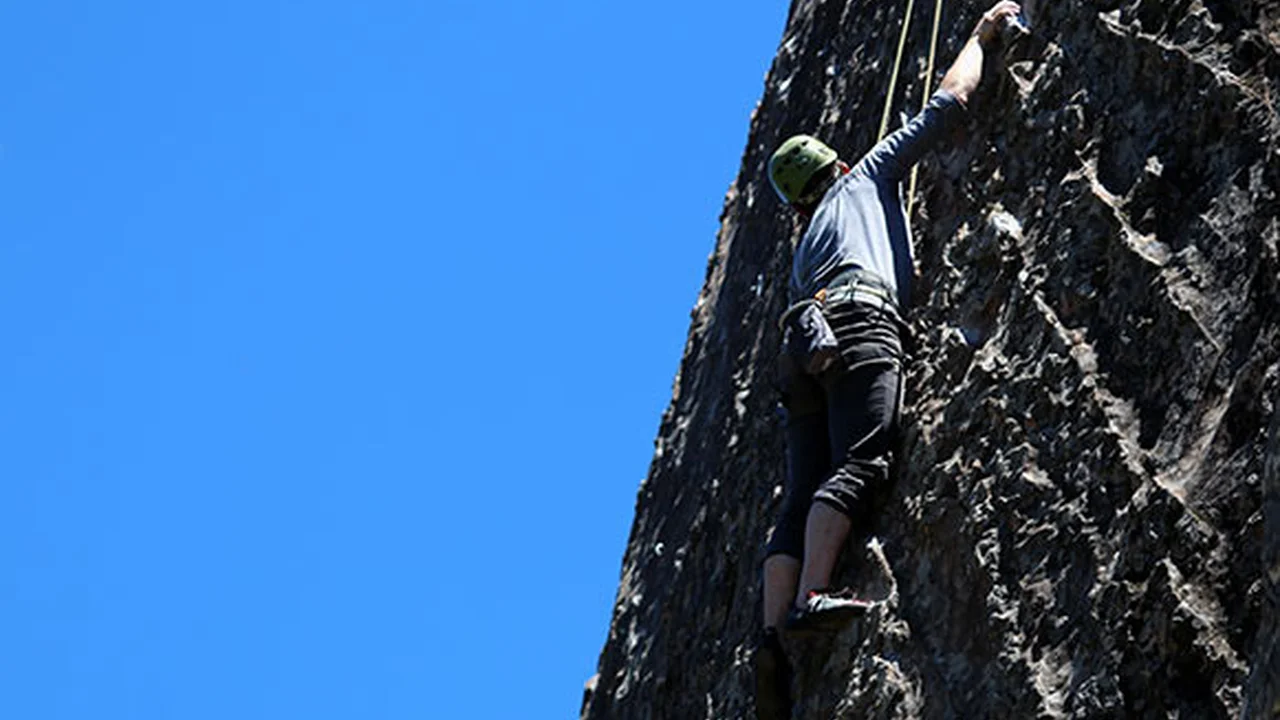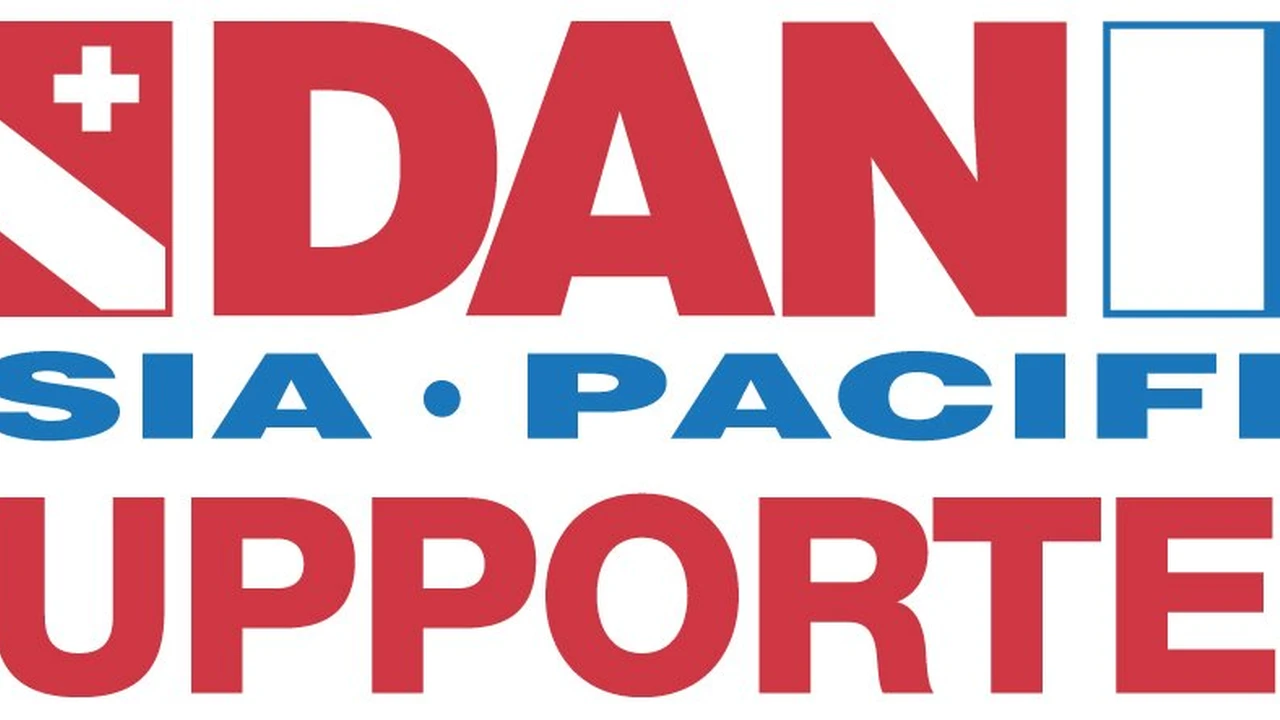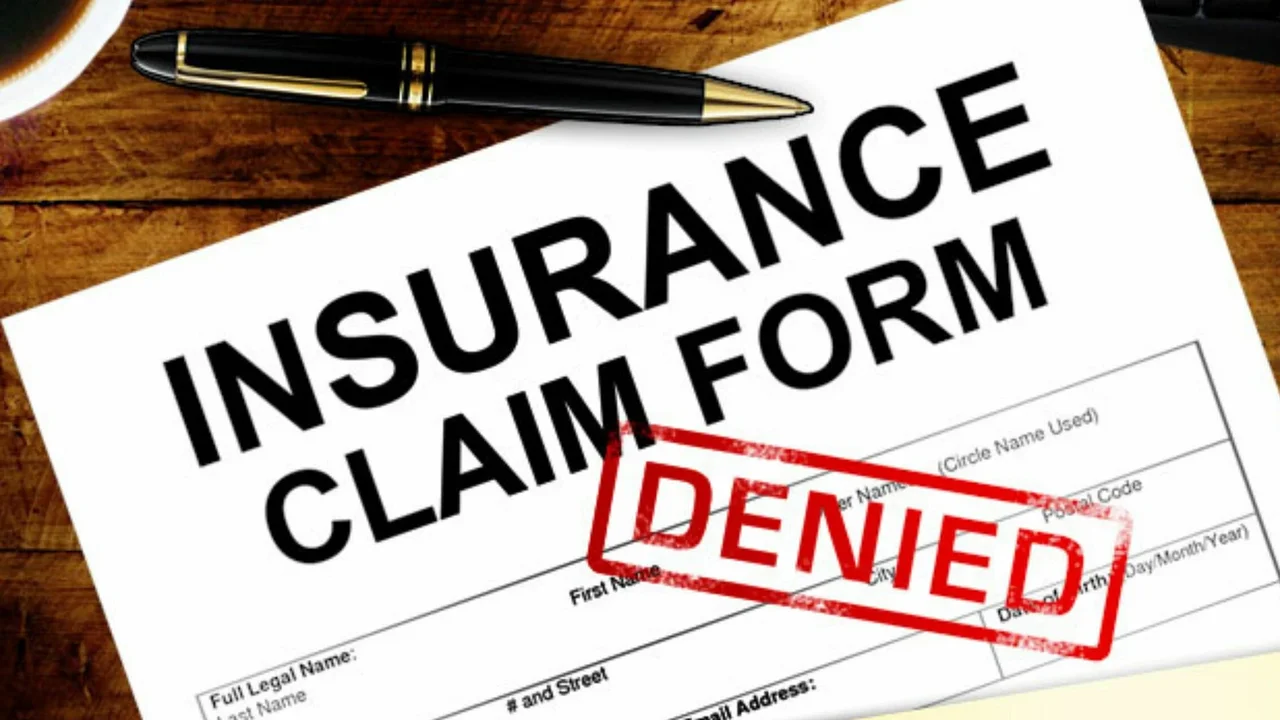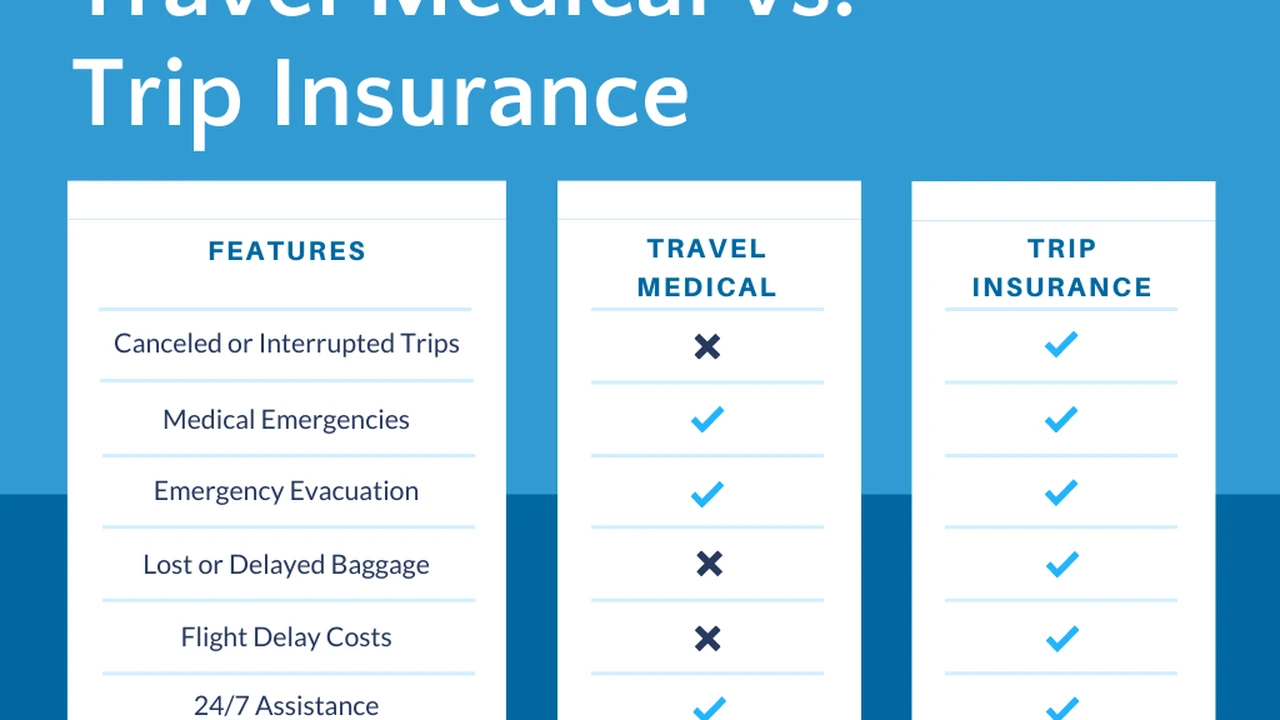Best Ski Resorts in the US and Their Insurance Requirements
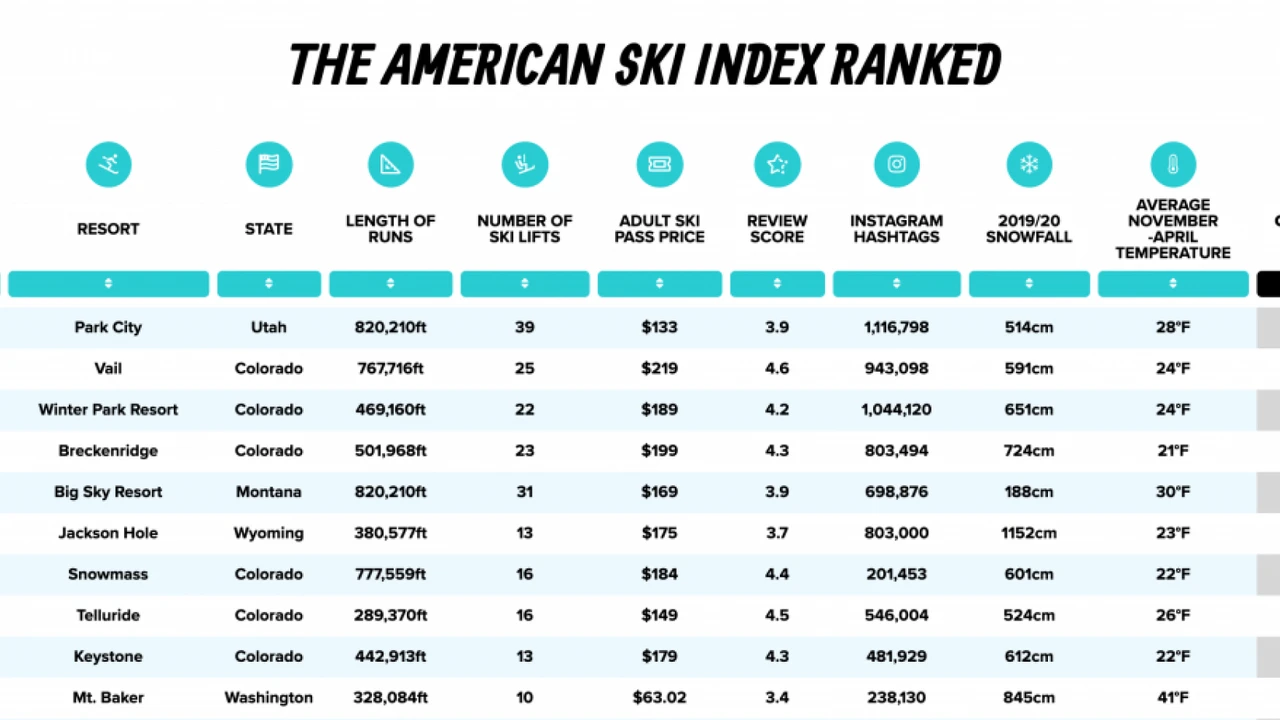
Finding the right ski insurance can be a bit of a puzzle when planning your trip. This guide dives deep into the best ski resorts in the US and their specific insurance requirements. We'll cover why some resorts require insurance, what kind of coverage you need, and how to choose the right policy for your needs. Get ready to hit the slopes with confidence and peace of mind!
Understanding Ski Resort Insurance Requirements in the USA
So, why do some ski resorts in the US have insurance requirements? It boils down to risk management and protecting both the resort and its guests. Skiing and snowboarding, while incredibly fun, come with inherent risks. Think injuries, equipment damage, and even the occasional search and rescue operation. Resorts want to ensure that if something goes wrong, you're covered financially, and they aren't left footing the bill. These requirements often vary based on the resort's location, terrain, and the types of activities offered.
Common Reasons for Insurance Requirements at Ski Resorts
- Liability Protection: Resorts want to minimize their liability in case of accidents. Insurance helps cover medical expenses and potential legal claims.
- Medical Coverage: Ensuring guests have medical coverage guarantees they can receive proper treatment if injured on the slopes.
- Search and Rescue: Backcountry skiing and snowboarding can be risky, and search and rescue operations can be costly. Insurance helps cover these expenses.
- Financial Security: Resorts want to ensure that guests can handle any unexpected costs associated with accidents or injuries.
Top US Ski Resorts and Their Specific Insurance Needs
Let's explore some of the best ski resorts in the US and their insurance requirements. Keep in mind that these requirements can change, so it's always best to check directly with the resort before your trip.
Vail, Colorado: Comprehensive Ski Travel Insurance Options
Vail is one of the largest and most popular ski resorts in the world. While Vail itself doesn't explicitly mandate travel insurance, it's highly recommended due to the high cost of medical care in the US and the potential for accidents. You'll want a policy that covers medical expenses, trip cancellation, and equipment damage.
Recommended Insurance Coverage:
- Medical Coverage: At least $100,000
- Trip Cancellation: Coverage for the full cost of your trip
- Equipment Coverage: Coverage for the value of your ski or snowboard equipment
Aspen Snowmass, Colorado: Essential Ski Trip Insurance
Aspen Snowmass is another world-class ski destination with four mountains to explore. Similar to Vail, Aspen doesn't mandate insurance, but it's a smart idea. The resort is known for its challenging terrain, so accidents can happen. Plus, being a high-end resort town, medical costs can be significant.
Recommended Insurance Coverage:
- Medical Coverage: At least $75,000
- Trip Cancellation: Coverage for the full cost of your trip
- Equipment Coverage: Coverage for the value of your ski or snowboard equipment
Park City Mountain, Utah: Affordable Snowboarding Insurance
Park City Mountain is the largest ski resort in the United States, offering a vast amount of terrain for all skill levels. Like other major resorts, Park City doesn't have a strict insurance requirement, but it's highly advisable. The sheer size of the resort means accidents can occur anywhere, and medical care is expensive.
Recommended Insurance Coverage:
- Medical Coverage: At least $50,000
- Trip Cancellation: Coverage for the full cost of your trip
- Equipment Coverage: Coverage for the value of your ski or snowboard equipment
Jackson Hole Mountain Resort, Wyoming: Backcountry Skiing and Insurance
Jackson Hole is famous for its steep terrain and challenging backcountry skiing. While not explicitly required, insurance is crucial here, especially if you plan on venturing into the backcountry. Search and rescue operations in this area can be extremely expensive.
Recommended Insurance Coverage:
- Medical Coverage: At least $100,000
- Trip Cancellation: Coverage for the full cost of your trip
- Equipment Coverage: Coverage for the value of your ski or snowboard equipment
- Search and Rescue Coverage: Highly recommended, with limits of at least $25,000
Big Sky Resort, Montana: Mountain Resort Travel Insurance
Big Sky Resort offers a vast amount of skiable terrain with fewer crowds than many other major resorts. Similar to Jackson Hole, backcountry access is a big draw here, making insurance essential. While not mandated, the remote location increases the importance of having comprehensive coverage.
Recommended Insurance Coverage:
- Medical Coverage: At least $75,000
- Trip Cancellation: Coverage for the full cost of your trip
- Equipment Coverage: Coverage for the value of your ski or snowboard equipment
- Search and Rescue Coverage: Highly recommended, with limits of at least $25,000
Comparing Ski Insurance Providers: Finding the Best Deals
Now that you know why insurance is important and what kind of coverage you need, let's look at some specific insurance providers. Here are a few options to consider, along with their pros, cons, and approximate costs.
World Nomads: Comprehensive Travel Insurance for Skiers
Overview: World Nomads is a popular choice for adventure travelers, offering comprehensive coverage for a wide range of activities, including skiing and snowboarding.
Pros:
- Covers a wide range of activities
- Offers 24/7 emergency assistance
- Flexible policy options
Cons:
- Can be more expensive than some other options
- Coverage limits may not be as high as some specialized policies
Typical Cost: $100 - $200 for a week-long trip
Best For: Travelers looking for comprehensive coverage and 24/7 support.
Example Scenario: John is planning a ski trip to Vail for a week. He wants comprehensive coverage that includes medical expenses, trip cancellation, and equipment damage. World Nomads offers a policy that fits his needs, providing peace of mind during his trip.
Allianz Travel Insurance: Affordable Ski and Snowboard Insurance
Overview: Allianz Travel Insurance offers a variety of plans, including options specifically designed for winter sports.
Pros:
- Offers a range of plans to fit different budgets
- Provides coverage for trip cancellation, medical expenses, and baggage loss
- Reputable and reliable provider
Cons:
- Some plans may have lower coverage limits
- May not cover all high-risk activities
Typical Cost: $50 - $150 for a week-long trip
Best For: Budget-conscious travelers who want reliable coverage from a well-known provider.
Example Scenario: Sarah is planning a ski trip to Park City and wants affordable insurance that covers basic medical expenses and trip cancellation. Allianz Travel Insurance offers a plan that meets her needs without breaking the bank.
IMG Signature Travel Insurance: High-Risk Skiing and Insurance
Overview: IMG Signature Travel Insurance is known for its high coverage limits and comprehensive benefits, making it a good choice for travelers who want maximum protection.
Pros:
- High coverage limits for medical expenses and trip cancellation
- Offers coverage for pre-existing medical conditions (with certain conditions)
- Provides 24/7 emergency assistance
Cons:
- Can be one of the more expensive options
- May have stricter eligibility requirements
Typical Cost: $150 - $300 for a week-long trip
Best For: Travelers who want the highest level of coverage and are willing to pay a premium for it.
Example Scenario: Michael is planning a backcountry skiing trip to Jackson Hole and wants the highest level of coverage possible. IMG Signature Travel Insurance offers a plan with high coverage limits for medical expenses, search and rescue, and trip cancellation, providing him with maximum protection.
Travel Guard: Comprehensive Ski Travel Coverage
Overview: Travel Guard offers various travel insurance plans, including options that cover winter sports activities. They are known for their customer service and comprehensive coverage.
Pros:
- Comprehensive coverage options for various needs.
- Good customer service reputation.
- Often includes trip interruption and cancellation coverage.
Cons:
- Can be more expensive than basic plans.
- Policy details can be complex, requiring careful review.
Typical Cost: $75 - $175 for a week-long trip
Best For: Travelers who value customer service and need a wide range of coverage options.
Example Scenario: Emily is planning a ski trip to Aspen and wants a reliable insurance provider with good customer service. Travel Guard offers a comprehensive plan that covers her needs and provides excellent support if she encounters any issues.
Seven Corners: Budget-Friendly Ski Trip Insurance
Overview: Seven Corners offers a range of travel insurance plans, including options suitable for adventure travelers. They are known for their competitive pricing and customizable plans.
Pros:
- Competitive pricing for budget-conscious travelers.
- Customizable plans to fit specific needs.
- Offers coverage for various adventure activities.
Cons:
- Coverage limits may be lower than some premium plans.
- Customer service may not be as responsive as some larger providers.
Typical Cost: $40 - $120 for a week-long trip
Best For: Budget-conscious travelers seeking basic coverage for their ski trips.
Example Scenario: David is planning a ski trip to Big Sky and wants affordable insurance that covers basic medical expenses and trip cancellation. Seven Corners offers a plan that fits his budget and provides essential coverage.
Key Factors to Consider When Choosing Ski Insurance
Choosing the right ski insurance policy can feel overwhelming, but breaking it down into key factors makes the process easier.
Coverage Limits: Medical Expenses, Trip Cancellation, and Equipment
Make sure the policy's coverage limits are adequate for your needs. Consider the potential cost of medical care in the US, the value of your trip, and the value of your ski or snowboard equipment. Higher coverage limits offer more protection but typically come with a higher premium.
Activities Covered: On-Piste vs. Backcountry Skiing
Ensure that the policy covers the specific activities you plan to participate in. Some policies may only cover on-piste skiing and snowboarding, while others offer coverage for backcountry skiing, heli-skiing, and other more adventurous activities. Read the fine print carefully to understand what's covered.
Exclusions: Pre-Existing Conditions and Risky Behavior
Be aware of any exclusions in the policy. Common exclusions include pre-existing medical conditions, injuries sustained while under the influence of alcohol or drugs, and injuries resulting from reckless behavior. If you have pre-existing conditions, look for a policy that offers coverage for them, often with specific riders or add-ons.
Deductibles: How Much Will You Pay Out-of-Pocket?
Understand how deductibles work. A deductible is the amount you'll pay out-of-pocket before the insurance coverage kicks in. Policies with lower deductibles typically have higher premiums, while policies with higher deductibles have lower premiums. Choose a deductible that you're comfortable paying in the event of a claim.
Emergency Assistance: 24/7 Support and Evacuation Services
Look for a policy that offers 24/7 emergency assistance. This can be invaluable if you experience a medical emergency or other unforeseen event while on your trip. Ensure that the policy includes coverage for medical evacuation, which can be extremely expensive, especially in remote areas.
Tips for Filing a Ski Insurance Claim: Get Your Money Back
Knowing how to file a claim properly can make all the difference in whether your claim is approved or denied.
Document Everything: Medical Records, Receipts, and Police Reports
Keep detailed records of all your expenses, including medical bills, receipts for equipment repairs or replacements, and any other costs related to the incident. If the incident involves theft or damage, file a police report as soon as possible. These documents will be essential when filing your claim.
File Your Claim Promptly: Adhere to Deadlines
File your claim as soon as possible after the incident. Most insurance policies have deadlines for filing claims, so don't delay. Check the policy documents for specific deadlines and requirements.
Provide Accurate Information: Be Honest and Thorough
Be honest and thorough when filling out the claim form. Provide accurate information about the incident, including the date, time, location, and circumstances. If you're unsure about any details, contact the insurance provider for clarification.
Follow Up: Stay in Contact with the Insurance Provider
Stay in contact with the insurance provider throughout the claims process. Respond promptly to any requests for additional information or documentation. Keep a record of all communication with the insurance provider, including dates, times, and names of representatives.
Enjoying Your Ski Trip with Peace of Mind: The Value of Insurance
Ultimately, ski insurance is about more than just financial protection. It's about peace of mind. Knowing that you're covered in case of an accident or emergency allows you to relax and enjoy your ski trip to the fullest. So, do your research, choose the right policy, and hit the slopes with confidence!
:max_bytes(150000):strip_icc()/277019-baked-pork-chops-with-cream-of-mushroom-soup-DDMFS-beauty-4x3-BG-7505-5762b731cf30447d9cbbbbbf387beafa.jpg)



